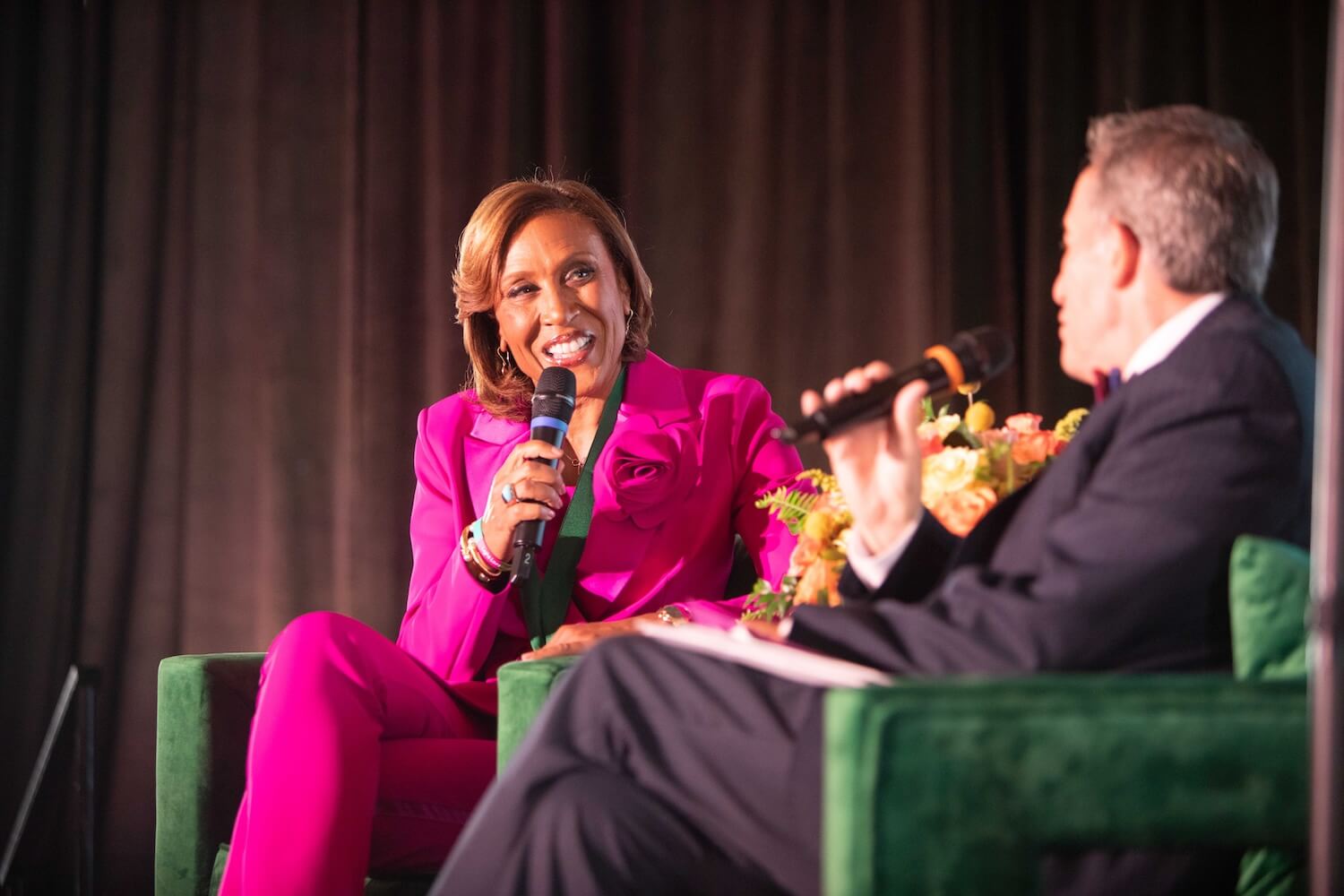In many newsrooms I visit, staffers, and sometimes leaders,
confide: “I have no idea what my bosses think of my work.” Or worse,
they get mixed signals, from perhaps a variety of bosses or peers,
about how they are doing. Or unclear organizational goals make them
wonder how their work fits into the larger picture.
When asked how they are evaluated formally, sometimes they
tell me: “that doesn’t happen here. No one has time.” Or, “my boss
takes me to lunch once a year, says I’m doing OK, picks up the tab, and
that’s it.” In my view, such insufficient feedback, or other positive
and constructive reinforcement, is one reason morale suffers in the
newsroom environment, and the presentation sometimes lacks focus. I
regard this as a missed opportunity to improve the quality of the
newspaper, including its design and presentation, day to day.
Following are some key elements of a cohesive newsroom evaluation process:
• Start by putting everyone in the newsroom on the same playing
field. This is essential for evaluating candidates fairly for raises or
promotions. Develop basic standards that can be applied across
departmental lines: shows up to work on time, understands the values of
the newspaper, is willing to work in a team, etc.
• Within each department or craft area, apply specific
standards to judge how well an individual meets expectations. For
example, do page designers understand your style of layout and apply it
appropriately each day? Do they bring a suitable measure of creativity
to their daily tasks? Do they understand what the organization means by
that word?
• But don’t just evaluate each staffer on his craft.
Increasingly important is the staffer’s willingness to play by the
rules, produce quality work in a collaborative environment, and
understand the contributions that other craft areas can make. This is a
category I call “plays well with others,” and should be high up on any
newsroom’s evaluation priorities.
Some people don’t like paperwork, but I’m an advocate for
filling out forms to complete this process; this provides a tool for
both boss and staffer to use, can easily go into a file for future
reference, and can focus the face-to-face conversation that also needs
to take place. But if forms are not favored, a standardized list can at
least serve to maximize fairness in what can be a challenging
conversation for all parties involved.
Next week: Improve your presentation through hiring.
–All or a portion of this column was originally published in the IFRA newsletter





